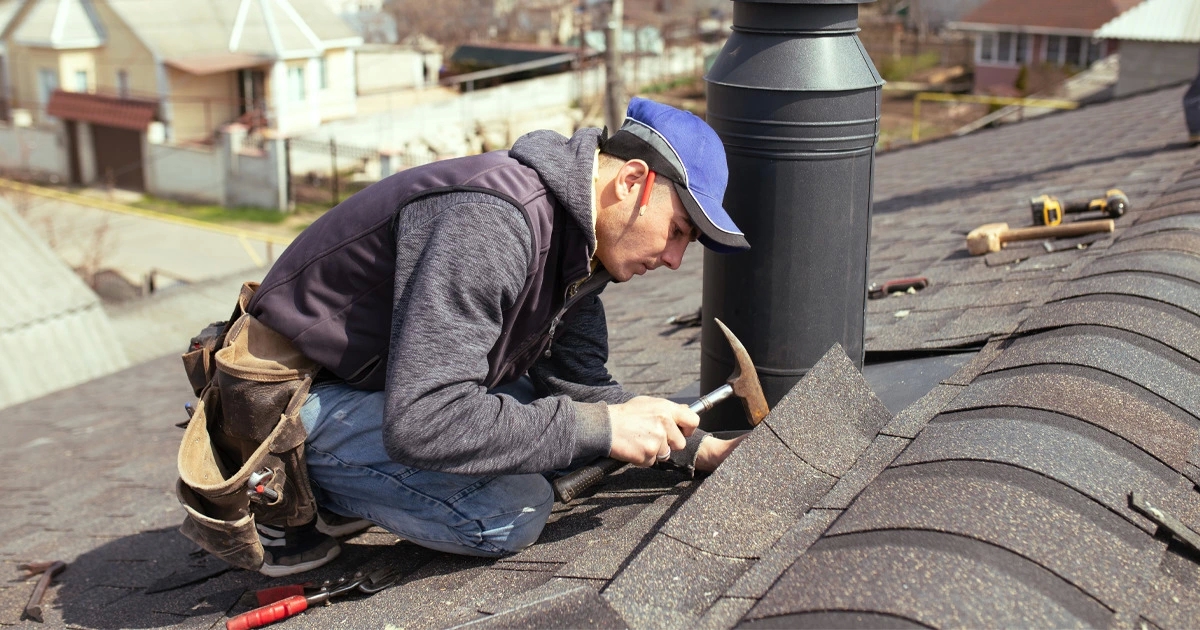When baling hay, you’ll need to use some type of twine to tie up up your bales therefore they don’t break apart before you could have them off the farm and then sell them. Although not all twines are the same, and picking the right one can be challenging in the event you don’t know what to look for regarding durability and reliability. With our aid, however, this task will be a breeze, so keep reading to learn more concerning how to pick the best baling twine for your farm demands.
Just what are you baling?
The particular bailing twine you will need depends on what you’re baling. For hay, utilize a coarse bailing twine. For straw or chaff, use a finer bailing twine. To obtain additional from the bailing twine, tie it with cable and angle it round the pack about six occasions. Then shut down any excessive material. When reducing bailing twine, abandon no less than two inches sticking out so that the finishes don’t unravel.
What area are you currently bailing on?
Bailing twine is a kind of string that you uses on your own farm. As it pertains time to select, there are two principal variables to remember: surface area kind and busting energy. If you’re bailing hay on concrete, a nylon material bailing twine might be best as it doesn’t stretch just as much. If you’re bailing hay on debris or gravel, a 100 % cotton baling twine could be better mainly because it expands more and moves with you.
Are there chemical remedies?
The two main general kinds of compound treatments: moist and dried out. Dried out therapies (such as Alkaline Copper Quaternary) tend to be sprayed onto a bale by using a nozzle coupled to the vehicle, when damp treatment options (such as salt pentachlorophenol) are soaked in drinking water before being utilized. The former is primarily used on round hay bales, even though the latter is much more efficient on sq bales.


